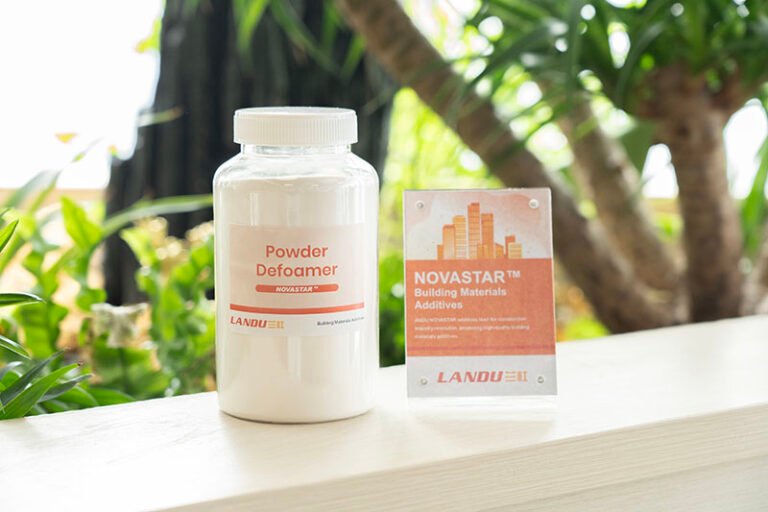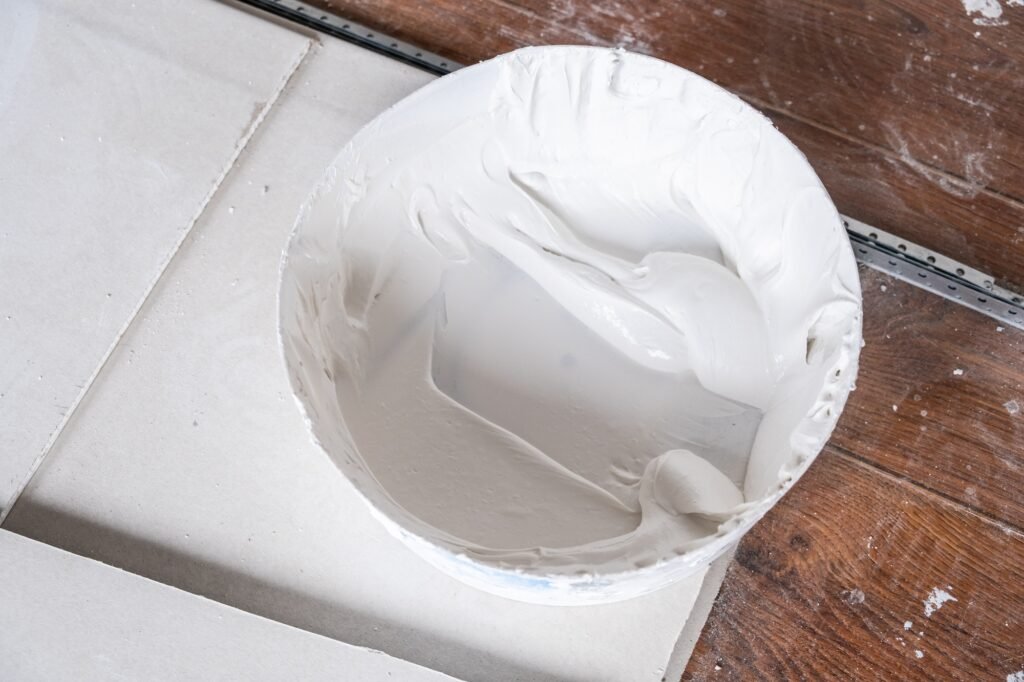
Executive Summary
Hydroxypropyl Methyl Cellulose (HPMC) stands as the paramount enhancer in contemporary surface putty and thin coating blends. With minimal proportions, it converts basic mixtures into reliable, user-oriented substances that dehydrate gradually and consistently, adhere firmly, and refine effortlessly. This piece details HPMC’s mechanisms, the importance of balanced dehydration, strategies for selecting appropriate variants, and approaches to blending, combining, evaluating, and resolving issues in binder-focused and plaster-focused putties. Hands-on advice, sample recipes, weather and base adaptations, and an extensive resolution guide offer a thorough strategy for utilizing HPMC to diminish fracturing and contraction, elevate bonding and usability, and produce an exceptional layer prepared for coating.
1) What HPMC Represents and Its Significance in Putty
HPMC functions as a neutral fiber derivative sourced from organic fibers, incorporating methyl and hydroxypropyl modifications. It integrates into cool liquids, generates heat-reversible networks, crafts pliable layers, and harmonizes with basic anchors, minerals, and dyes. Within surface putty and thin coatings, these attributes manifest in four pivotal impacts:
Essentially, HPMC enables putty to dehydrate gradually and consistently, mitigates the chance of fractures and contraction, and boosts bonding and usage sensation—precisely the results that builders and property holders seek.
2) The Science Behind Gradual, Balanced Dehydration
Inconsistent dehydration lies at the core of numerous flaws in thin coatings. When the outer layer sheds liquid too rapidly—owing to warm, arid atmospheres or extremely porous bases—the upper film begins to harden and contract while the lower bulk stays flexible. The resulting inner tension slope can generate tiny fractures, lifting at borders, outer powdering, and fragile interlayer connections if several films are distributed.
HPMC alleviates this through three synergistic methods:
Consequently, the dehydration path flattens—more leisurely in total, more uniform in spots—which leads to reduced contraction pressure and scarcer fractures.
3) Bonding: HPMC’s Contributions and Limitations
Putty bonding relies on a pure, stable base, sufficient dampness for anchor reactions, and a unified, fully solidified structure. HPMC aids by:
Nevertheless, HPMC does not replace compound anchors where pliancy or tough bases demand it. In binder putties, a moderate amount of dispersible compound granule (DCG) can amplify bonding and toughness; in plaster systems, delayer selection and base sealing frequently hold greater sway. Yet, since HPMC cuts gaps and enhances solidification evenness, it amplifies the advantage of any compound incorporated and is highly advised for steadfast bonding.
4) Usability, Leveling, and Refinement
The sensation beneath the spreader counts for users. HPMC produces a velvety, non-clinging, force-thinning slurry that distributes readily, occupies small surface flaws, and maintains borders without pulling. Advantages encompass:
Simultaneously, sufficient framework when idle averts settling on uprights, ensuring slim films remain positioned and angles stay defined.
5) Choosing the Ideal HPMC Variant for Putty
Selecting the best variant requires harmonizing moisture containment, density growth, usage sensation, and weather.
6) Binder-Focused vs. Plaster-Focused Putty: HPMC’s Placement
Binder-focused putty or thin coating
Plaster-focused thin coating
7) Standard Blends and Quantity Advice
Note: The brackets below are guiding entry points. Confirm in your bench with your raw supplies.
Binder-focused surface putty (interior/outdoor, slim level)
Plaster-focused thin coating (interior)
Choosing an initial HPMC amount
8) Blending, Distribution, and Solidification Optimal Methods
Dry-blend production
Field blending
Distribution
Polishing and completion


9) Reliability Oversight and Efficacy Evaluation
Initial-state verifications
Solidified-state evaluations
Reliability and durability
10) Complementary Enhancers and Their Interplay with HPMC
Dispersible compound powders (DCG)
Starch derivative
Bubble reducer
Repellent enhancer
Hardening adjusters (plaster delayers, binder speeders/delayers)
Fiber strands (optional)
11) Weather and Base Tactics
Warm and arid scenarios
Chilly and damp scenarios
Very spongy bases (AAC blocks, aged plasters)
Low sponginess/compact bases (smooth binder, glazed planes)
12) Resolution Guide
Fractures emerging post-dehydration
Border lifting or empty borders
Outer crusting prior to completion
Weak bonding (detachment failure at contact)
Powdering/powdering post-dry
Voids and tiny gaps
Spreading pull and traces
Clusters (aggregates) during blending
Leisurely dehydration and postponed polishing
13) Deployment Strategy: From Bench to Manufacturing
Establish aims
Filter HPMC types
Execute a concise experiment layout (DoE)
Expansion factors
14) Protection, Management, and Preservation
15) Ecological and Financial Advantages
16) Common Inquiries
How much HPMC should I employ in putty?
Will more HPMC invariably enhance efficacy?
Does HPMC alter hue or brightness?
How does HPMC impact polishability?
Should I employ HPMC or HEMC for putty?
Do I require compound (DCG) if I employ HPMC?
What triggers voids and how can HPMC assist?


17) Conclusion
If your objective is a thin coating that dehydrates gradually and consistently, counters fractures and contraction, and bonds with assurance, place HPMC at the heart of your blending tactic. It acts as the reliable enhancer that regulates dampness, constructs apt flow, steadies granules, and enables the spreader to slide. In binder-focused putties, it opposes warm-weather crusting and aids bonding, particularly when matched with a fitting compound. In plaster-focused systems, it moderates hardening warmth, elevates refinement quality, and lessens plane flaws. Selecting the apt type and amount, confirming with focused evaluations, and applying reliable blending and distribution methods will produce a plane that is simpler to distribute, more tolerant in the field, and prepared for an impeccable coating refinement.
If you provide your existing recipe, aim usable span, film depth, weather, and base curves, I can recommend two or three HPMC types, an amount bracket, and a brief evaluation scheme to calibrate balanced dehydration, robust bonding, and a reliable superior refinement. contact us